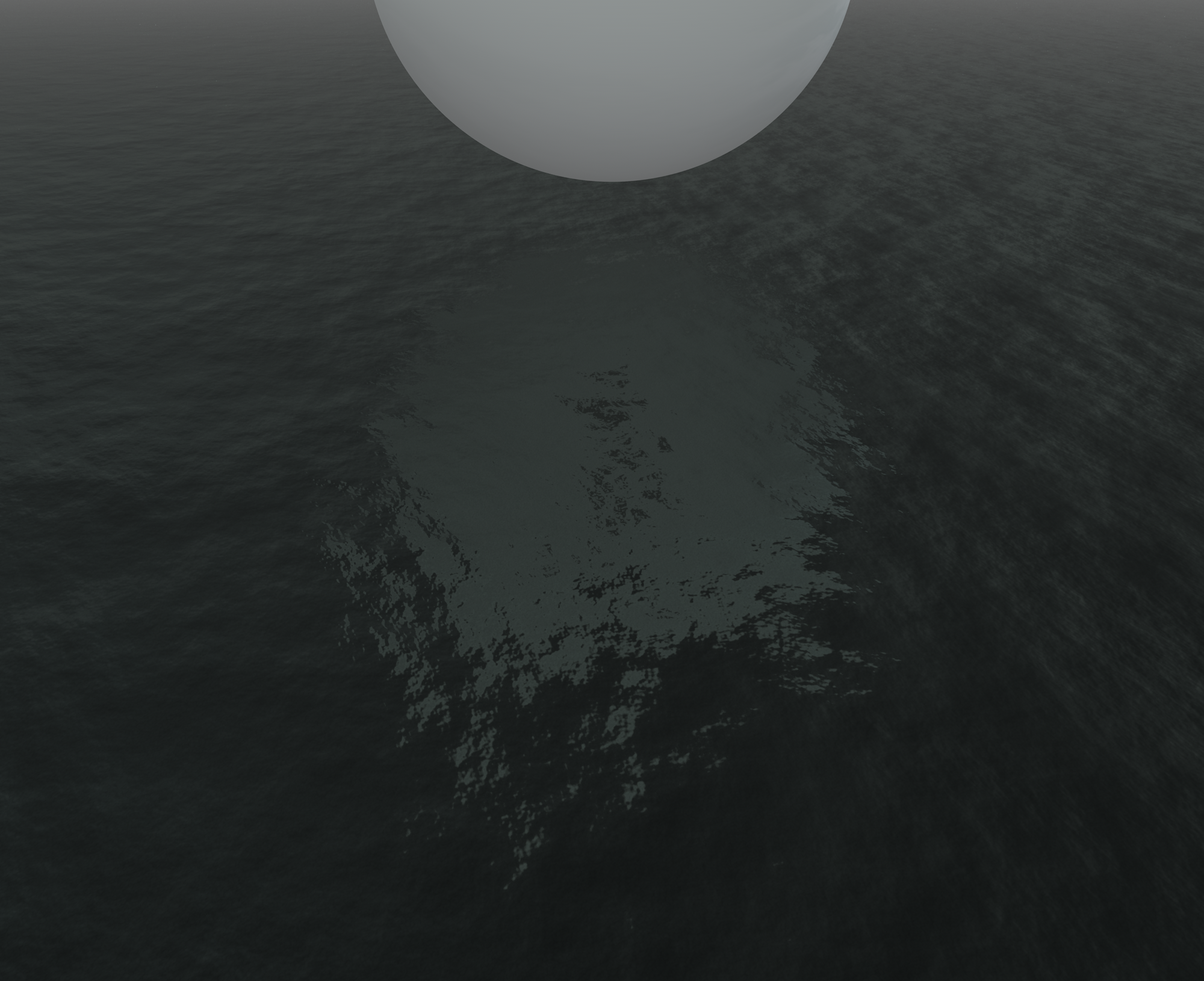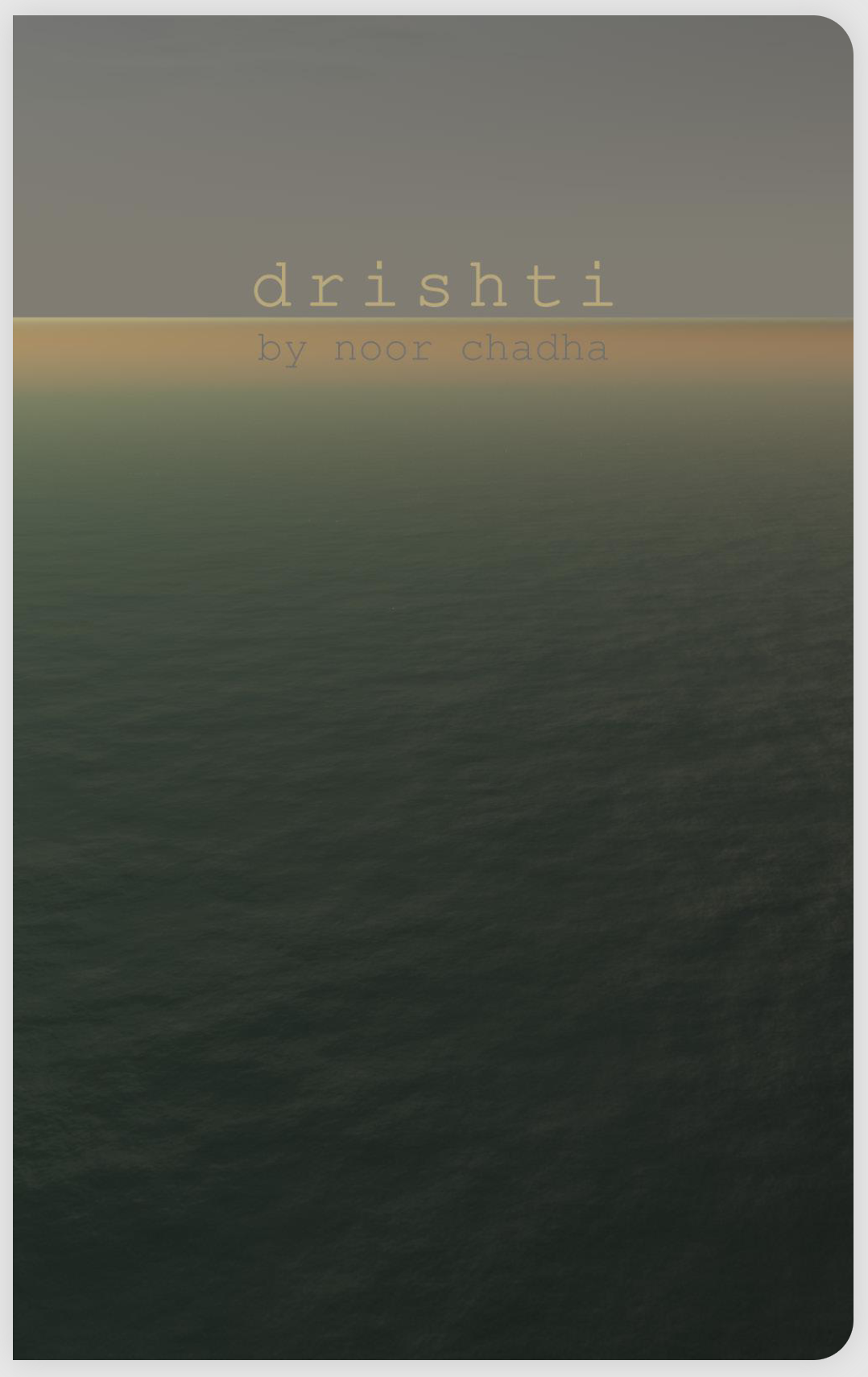Drishti is a digitally-rendered 28-page artist book composed in Cinema 4D, unfolding as a dual visual meditation on attention and impermanence. In Sanskrit, drishti refers to a focused gaze directed at a point of visual concentration. It gestures towards a way of perceiving that moves beyond the surface and into what is felt, intuited, or held in awareness.
At the heart of this project lies a recurring form: a sphere within a sphere. Appearing at once as amniotic sac, black hole, eye, or cosmological seed, the structure visually and conceptually invokes the sacred notion of Bindu – the primordial point in Hindu and Buddhist traditions that symbolizes the seed from which all form, energy, and consciousness emanate. The ideas of bindu and drishti are intertwined: one is the point, the other the gaze upon it.
In Drishti, this inner point is veiled, revealed, obscured, and reframed. The book alternates between two intertwined visual journeys: one in black and white, the other in color. In the monochrome sequence, a milky translucent orb rises from a vast ocean, revealing a dark core within, and its reflection without, before descending again into the depths; echoing cycles of breath, life, meditation, and return. The color sequence is less straightforward, blinking through shifting perspectives. From aerial distance to close intimacy, reflections shimmer and fog gathers. The sphere ultimately vanishes in both stories, leaving only horizon: one foggy, one clear.
Drishti engages the digital space of 3D modeling to choreograph a contemplative experience of seeing. In an era marked by accelerated image culture and fractured attention, the work subtly critiques the very tools it employs – using the virtual rendering not for spectacle, but to slow perception and invite focused attunement.
Held between drishti and bindu, the book becomes a durational encounter with the self: a meditation on attention, impermanence, and the delicate boundary between what is revealed and what remains just out of view.






